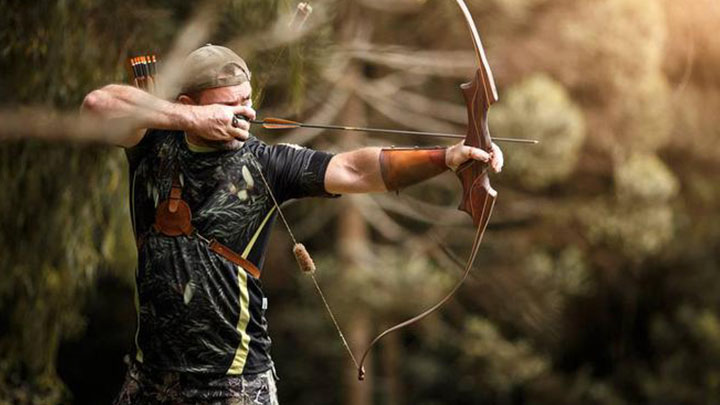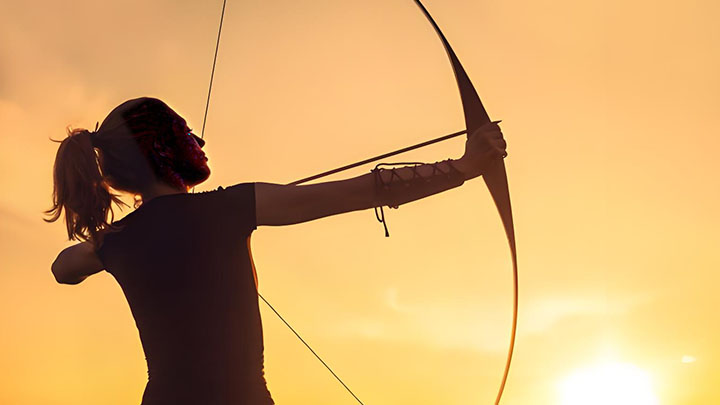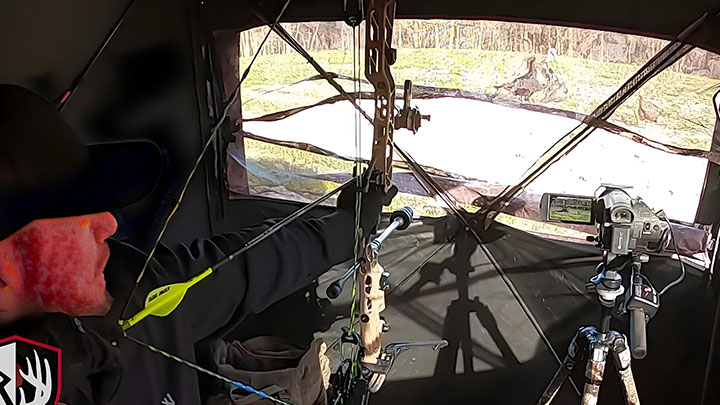How to Choose a Traditional Bow and a Hunting Bow: A Beginner’s Guide
Whether you're drawn to the elegance of traditional archery or you're preparing for a serious hunting trip, choosing the right bow is essential for performance, safety, and enjoyment. Traditional bows and hunting bows each offer unique features, and selecting the right one depends on your purpose, skill level, and personal preference.
This article will walk you through how to choose a traditional bow (like a recurve or longbow) and a hunting bow, with tips for beginners and seasoned archers alike.
Choosing a Traditional Bow
Traditional bows are simple, elegant, and rely on the archer's skill. There are no pulleys or cams—just wood, string, and instinct.
1. Types of Traditional Bows
- Longbow: A tall, slightly curved bow with a classic English design. Known for smooth shooting and simplicity.
- Recurve Bow: The limbs curve away at the tips, storing more energy and delivering faster arrow speed. Widely used in traditional and Olympic archery.
2. Consider Draw Weight
Traditional bows don't have let-off like compound bows, so you must hold the full draw weight. Choose a weight you can pull comfortably and shoot repeatedly without fatigue.
- Beginners: 20–30 lbs
- Experienced archers: 35–45 lbs
- Hunting: At least 40–50 lbs (varies by game and legal regulations)
Start lighter and build strength and technique before moving up.
3. Bow Length
The overall length of the bow affects stability and comfort.
- Longer bows (66–70"): Smoother and more forgiving—great for target shooting.
- Shorter bows (58–64"): More compact, better for maneuvering in tight spaces, but may feel less stable.
4. Right or Left Handed?
Determine your dominant eye (not your dominant hand) and match your bow accordingly. If you’re right-eye dominant, choose a right-handed bow (held in the left hand, string pulled with the right).
Choosing a Hunting Bow
Hunting bows are designed for power, stealth, and quick, ethical kills. They may be traditional (recurve/longbow) or modern (compound bows). This section focuses on traditional hunting bows.
1. Minimum Draw Weight for Hunting
Most hunting laws require a minimum draw weight to ensure humane kills:
- Small game: 35–40 lbs
- Deer-sized game: 40–50 lbs
- Large game (elk, moose): 50+ lbs
Choose a draw weight you can control—accuracy matters more than brute force.
2. Quietness and Smoothness
Hunting bows need to be quiet and smooth-shooting. Look for:
- Quality string silencers
- Heavy arrows for reduced noise
- Limbs that don’t vibrate much after the shot
3. Compact Size
In wooded or brush-heavy terrain, a shorter bow (under 64") is easier to maneuver. Takedown recurves are great for hunters because they pack small and are easy to transport.
4. Arrow Setup
Choose arrows with:
- Proper spine (flexibility)
- Broadheads designed for the game you’re hunting
- Heavier grain weight for better penetration
Traditional hunting setups often favor wooden, aluminum, or carbon arrows with feather fletching.
Final Tips
- Try Before You Buy: Visit an archery shop or range to test different bows.
- Start Light, Train Smart: Build proper form before moving to heavy draw weights.
- Quality Over Brand: A well-crafted bow from a lesser-known maker can outperform a name-brand model if it suits your style.
Conclusion
Choosing a traditional bow or a hunting bow comes down to purpose, comfort, and personal preference. For target archers, focus on stability and smooth shooting. For hunters, prioritize power, silence, and maneuverability. With the right choice, traditional archery can be both rewarding and deeply satisfying—whether you're shooting targets or stalking wild game.




